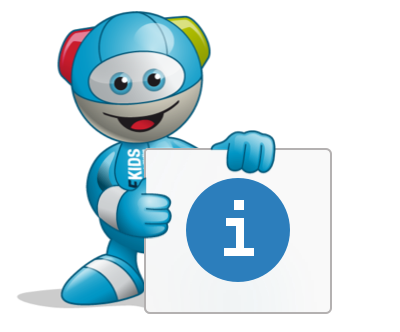What you hear is the siren (nee-naw nee-naw). What you see is a blue light. The blue light – technically known as a rotating beacon – is immediately recognisable in road traffic. In Germany, it signals an emergency. But why is the blue light actually blue? What is the correct behaviour when an emergency vehicle with blue lights and siren is approaching? And since when have blue lights been used in road traffic
Unmissable and unique
In Germany, the blue light was officially introduced for the fire brigade and police in 1938. The decision to use the colour blue was a wise one, as it is unique in road traffic and is therefore immediately recognised as a warning signal. In contrast to red, yellow, green or white lights, which occur in various light signals such as traffic lights and vehicle lighting, blue light is unmistakable. Blue stands out well and is also less dazzling from a distance. This choice of colour was also supported by physical properties. As blue light has a shorter wavelength and therefore a higher scattering in the atmosphere, it is easier to recognise in daylight.

Depending on the country, the signals of emergency vehicles differ in colour and sound. In the USA, fire and rescue services often use red warning lights, while the police use a combination of red and blue lights. These colours have been deliberately chosen to enable people even with colour blindness to recognise them. In China, fire and rescue services use a combination of red and blue lights, while police motorbikes and some police vehicles use only red lights. In India, only emergency vehicles such as police cars, ambulances and fire engines have been allowed to use multi-coloured lights since 2017 in order to prevent misuse as status symbols. In the UK, emergency vehicles mainly use blue lights, supplemented by white headlight flashes and red rear lights to increase the caution of other road users. The police also use special text displays to stop vehicles or give them instructions. In Australia, the colour scheme is highly regulated and varies from state to state. Police and emergency vehicles often use a combination of red and blue lights, while green lights can be used to identify stationary command vehicles. The situation in South Korea is somewhat different: Green warning lights for ambulances are common there. All these differences have historical and cultural roots and are based on respective traditions and legal requirements.
Development of blue light technology
The technology behind the blue light has evolved considerably over the years. In the past they were simple blue headlights, today they are modern blue bar lights that flash on and off, making them even more noticeable. Together with the blue light, we have often heard the siren since the 1970s. This has exactly two sounds in Germany: the A and the high D. These notes are so concise that they could even be played on a flute.
If you see and hear blue lights and sirens in traffic, you need to act quickly and correctly. The most important rules for pedestrians and cyclists are as follows:
- Keep your cool: If you are walking, stop and look around you. If you are travelling on a bicycle, ride carefully to the side and stop.
- Keep an eye out: Look around to see where the emergency vehicle is coming from.
- Observe: Pay attention to whether you are in the way and where the vehicle wants to go.
- Create space: Clear the way by moving to the side or stopping if necessary.
It is particularly important for children to know these rules. Even if the traffic lights are green, emergency vehicles should always be allowed to pass first. It is often a matter of seconds that can ultimately save lives.
Special features for children
Children usually perceive road traffic differently to adults. This is because their cognitive skills for participating in road traffic do not develop until primary school age. Their hearing and vision are not yet fully developed, which is why they cannot always categorise sounds correctly. They often do not know from which direction and how fast a vehicle is coming and need more time to process what they have heard. It is therefore particularly important that children learn to stop and behave carefully when blue lights and sirens are flashing. The blue light and siren are vital signals in road traffic. They ask us to make way immediately so that emergency vehicles can get through quickly and safely. It is important to act in a calm and considered manner. Each and every one of us has a responsibility to behave in a way that makes it easier for helpers to arrive at the scene of an emergency in good time and helps save human lives.

